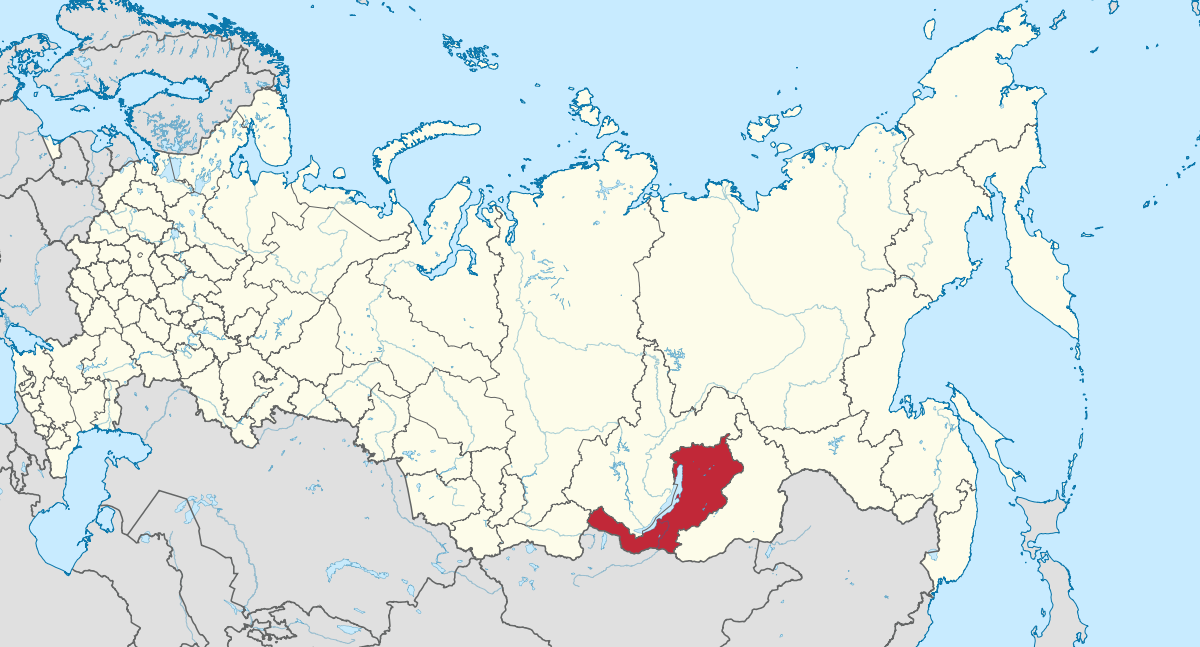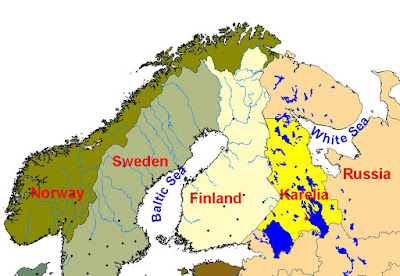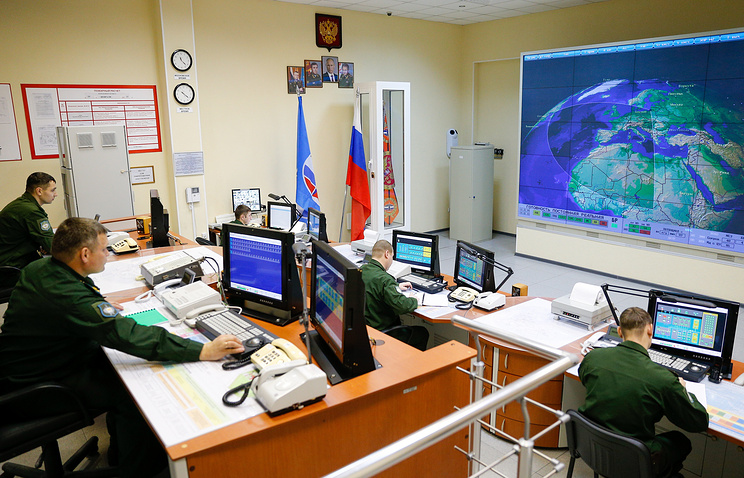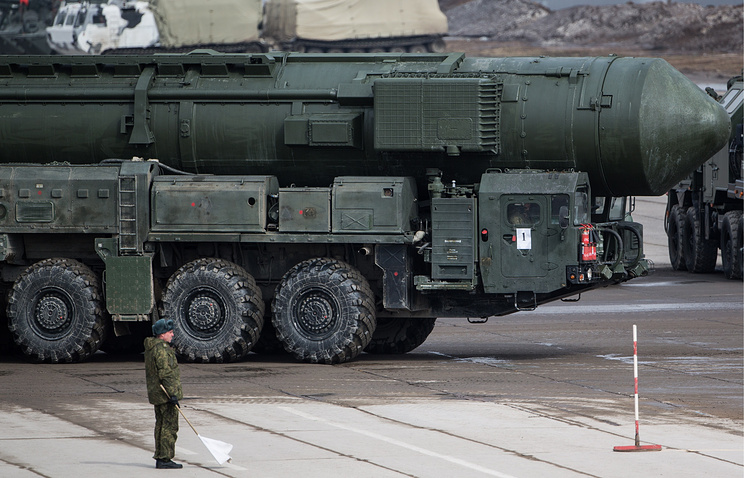May 24, 9:24 UTC+3
The Kasta-2 low-altitude surveillance radar is designed to control airspace and to perform automatic detection of unmanned aerial vehicles and cruise missiles
KHABAROVSK, May 24. /TASS/. A new Kasta-2 low-altitude air surveillance radar entered combat duty at an airbase in Russia’s Far East, the Eastern Miltary District’s press service said on Wednesday.
"The fighter aviation air base of the Eastern Military District, headquartered in the Primorye Region, has received a new Kasta-2 air surveillance station," an Eastern Military district spokesman said, adding that the system has already entered combat duty.
The Kasta-2 low-altitude surveillance radar is designed to control airspace and to perform automatic detection, range/azimuth/altitude measurements and flight path characteristics of fixed-wing and rotary-wing aircraft, unmanned aerial vehicles and cruise missiles, including low-flying, terrain-hugging and stealth ones.
Performance and specifications
Waveband
UHF (decimeter)
Scan zone:
range, km-5–150
azimuth, deg-360
altitude, km-max 6
Detection range for targets with radar cross-section of 2 m2, km:
with standard antenna:
target altitude 100 m-41
target altitude 1000 m-95
with antenna on 50 m lightweight transportable mast:
target altitude 100 m-55
target altitude 1000 m-95
Detection range for targets with radar cross-section of 0.3 m2 flying at altitude of
60 m, km:
with standard antenna-30
with antenna on 50 m lightweight transportable mast:44
Scanning interval, sec-5 and 10
Coordinate accuracy:
range, m-100
azimuth, min-40
altitude, m-900
Set-up (tear-down) time, min-20
Continuous radar system operation, days- Maz 20
Operating conditions:
ambient air temperature, ºC-±50
wind speed, m/s-max 25
altitude above sea level, m-max 2000
Average time to overhaul, hours-15,000
Average life to overhaul, years-25
*****
http://tass.com/defense/947309
MOSCOW, May 24. /TASS/. The Russian Armed Forces received
40 precision weapon carriers and 180 long-range cruise missiles in 2016, which helped increase their non-nuclear long-range capabilities by a third, Russia’s Defense Minister Army General Sergey Shoigu said on Wednesday.
"In the past year alone, units and formations received 40 precision weapon carriers and 180 long-range cruise missiles. This helped increase the Armed Forces’ capabilities for striking enemy targets by a third," Shoigu said in the upper house of Russia’s parliament.
Russia’s long-range ground-based, sea-and airborne non-nuclear containment weapons are arriving for troops at an accelerated pace, he said.
As a whole,
Russia’s nuclear triad is 60% furnished with modern armaments, the defense minister said.
S-400 missile systems
Thirteen air defense regiments in the Russian Armed Forces have been armed with the most advanced S-400 Triumf surface-to-air missile systems:
"The number of air defense missile regiments armed with the S-400 Triumf surface-to-air missile systems has been brought up to 13," Shoigu has noted.
For the first time in Russia’s newest history, a continuous radar field of the missile attack warning system has been created along the country’s perimeter to cover all the strategic aerospace directions and all types of ballistic missile flight trajectories, the defense minister said.
"The share of modern types of armament in the Aerospace Force has reached 66%," the defense minister said.
Yars systems for Russia's strategic nuclear forces
About 20 missile regiments in the Russian ground-based strategic nuclear forces will be rearmed with Yars intercontinental ballistic missile (ICBM) systems:
"By 2021, the ground-based strategic nuclear forces will have 17 missile regiments rearmed with Yars systems. Advanced strategic missile systems being developed now will start arriving for the troops," Shoigu said.
These measures, along with the delivery of nuclear-powered submarines to the Navy, will help bring the share of modern weaponry in the strategic nuclear forces to 72%, which will enable Russia to maintain its nuclear containment potential at the required level, the defense minister said.
**********
May 24, 14:58 UTC+3
Iskander tactical ballistic missile systems are capable of hitting both small-size and large-area targets at a distance of up to 500 km
http://tass.com/defense/947360
MOSCOW, May 24. /TASS/. The Russian ground forces are scheduled to be fully rearmed with modern Iskander-M tactical ballistic missiles by late 2020, Russia’s Defense Minister Army General Sergei Shoigu said on Wednesday.
"As for the general-purpose forces, self-sufficient groupings of troops and forces capable of adequately responding to any military security threats will be established in all the strategic directions, including the Arctic, by late 2020. The Army is expected to have been fully rearmed with modern Iskander-M missile systems by that time," the defense minister said in the upper house of Russia’s parliament.
The Iskander-M tactical missile system is designated for making concealed preparations and delivering high-accuracy missile strikes against various objectives in the enemy’s tactical depth within a guaranteed destruction range of 50 to 500 km in various theaters of operation and any conditions, including amid active missile defense and jamming counter-measures.
Iskander tactical ballistic missile systems are capable of hitting both small-size and large-area targets at a distance of up to 500 km to destroy missile and multiple launch rocket systems, long-range artillery guns, aircraft and helicopters at aerodromes, command posts and communications centers.
The
Iskander tactical ballistic missile complex includes a launcher, a loader-transporter, a routine maintenance vehicle, a command post vehicle, an information post, an ammunition equipment set and training aids.
http://tass.com/defense/947377
MOSCOW, May 24. /TASS/. Nine missile regiments of the Russian Armed Forces have been rearmed with modern Yars intercontinental ballistic missile (ICBM) systems, Defense Minister Army General Sergei Shoigu said on Wednesday.
"We are paying special attention to maintaining the strategic nuclear forces’ potential at the level that allows reliably solving nuclear containment tasks," the defense minister said in the upper house of Russia’s parliament.
"Strategic missile forces are being rearmed with modern Yars missile systems that feature enhanced capabilities of breaching an enemy’s anti-missile defense. Already nine regiments have been armed with such systems," the defense minister said.
A total of 99% of launchers in the Russian Strategic Missile Force are in a combat-ready state, including 96% on constant alert for an immediate launch, Shoigu said.
"In the airborne nuclear containment forces, four to five strategic missile carriers are modernized every year. Last year alone, the Aerospace Force received two upgraded Tu-160 and two Tu-95MS aircraft," the defense minister said.
Russia’s seaborne strategic nuclear forces have nine modern missile-carrying strategic submarines in their combat structure and provide for continuous combat patrolling in sea areas, Shoigu said.
"They are being gradually rearmed with the most advanced Borei-class underwater cruisers," the Russian defense minister said.


















